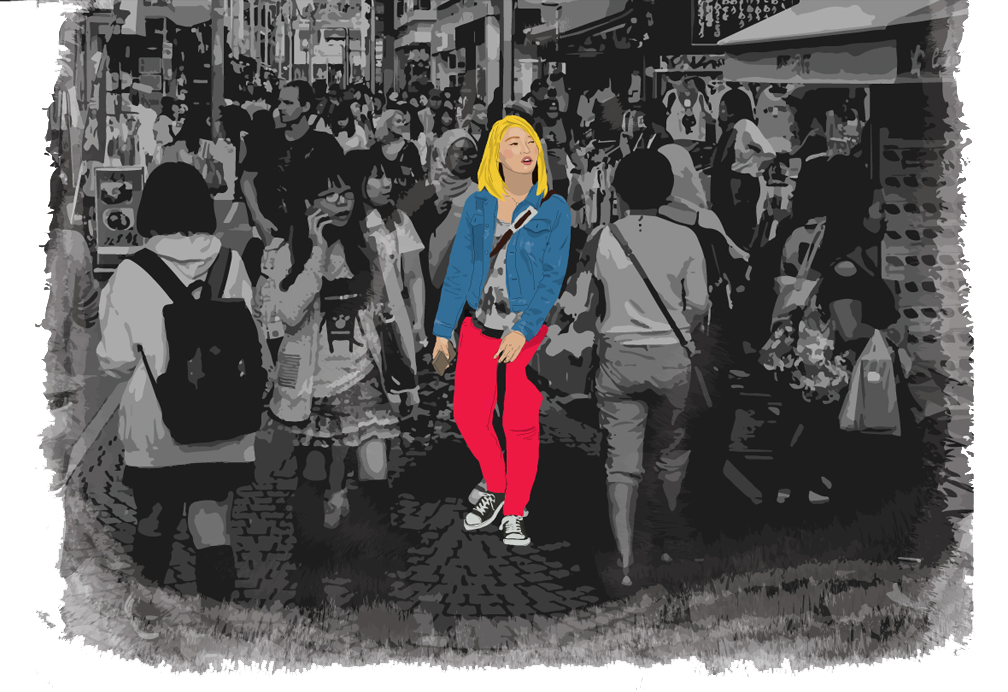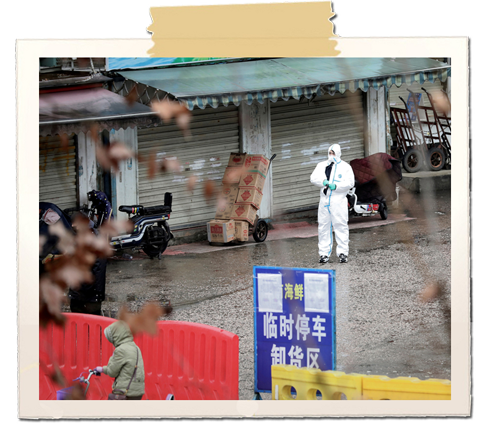The day before

The world welcomed 2020 in a blaze of glory, fireworks lighting up the iconic buildings, but the Chinese city of Wuhan had no reason to celebrate. Especially when a new virus was stalking the city.
December 31, 2019. New Year’s Eve. As the clock struck midnight, spectacular fireworks lit the Sydney Harbour Bridge like a fiery arch setting off celebrations around the globe. The world welcomed 2020 in a blaze of glory, fireworks lighting up the iconic buildings, including the Burj Khalifa in Dubai.
There weren’t any fireworks in Hubei province. After all, it’s not the Chinese New Year. And Wuhan was in no mood to celebrate. A new virus was stalking the city. Dozens of people were hospitalised with a new type of pneumonia, and worse, its cause couldn’t be detected. The China office of the World Health Organisation was notified of the new virus. Days later, Chinese researchers identified it as a novel coronavirus.

Image credit: Reuters
A worker stands in protective gear at the closed animal market in Wuhan, China, thought to be the source of the new coronavirus outbreak.
Patient Zero
Wei Guixian, 57, is a shrimp trader at the market. On December 10, she wasn’t feeling too well. Wei thought she had the flu. “I felt a bit tired, but not as tired as in previous years. Every winter, I always suffer from the flu. So I thought it was the flu,” Wei told the Shanghai-based The Paper.
She visited a local clinic and went back to work. Wei could well have passed on the virus to her customers. Many of the patients in Hunan had visited the wet market.
When Wei’s illness refused to go away, she sought medical attention at the Eleventh Hospital in Wuhan. She continued to feel lethargic even after six days of medication. By now Wei realised this is no ordinary flu, so she went for a check-up at the biggest hospital in the city, the Wuhan Union Hospital, on December 16.
A doctor told her the illness was “ruthless”, and several people from the market had developed similar symptoms. Wei was quarantined, and “after drifting in and out of consciousness for several weeks”, she recovered in January.
The Wall Street Journal called her “Patient Zero”.
Chinese researchers disagreed. In a study published in the Lancet, they said the first case was identified on December 1. An elderly man suffering from Alzheimer’s was the first patient recorded with COVID-19 symptoms, Wu Wenjuan, a senior doctor at Wuhan's Jinyintan Hospital and one of the authors of the study, told the BBC Chinese Service.
But he never visited the Huanan market. That was baffling. In fact, 13 of the first 41 patients hadn’t shopped at the wet market. Even if the virus didn’t originate there, the market seemed to have played a significant role in transmission. The seafood and poultry market was closed for environmental sanitation and disinfection.